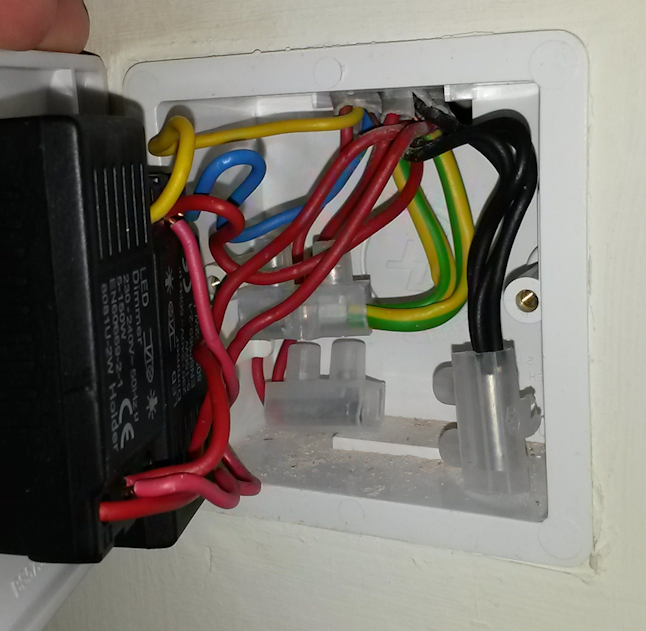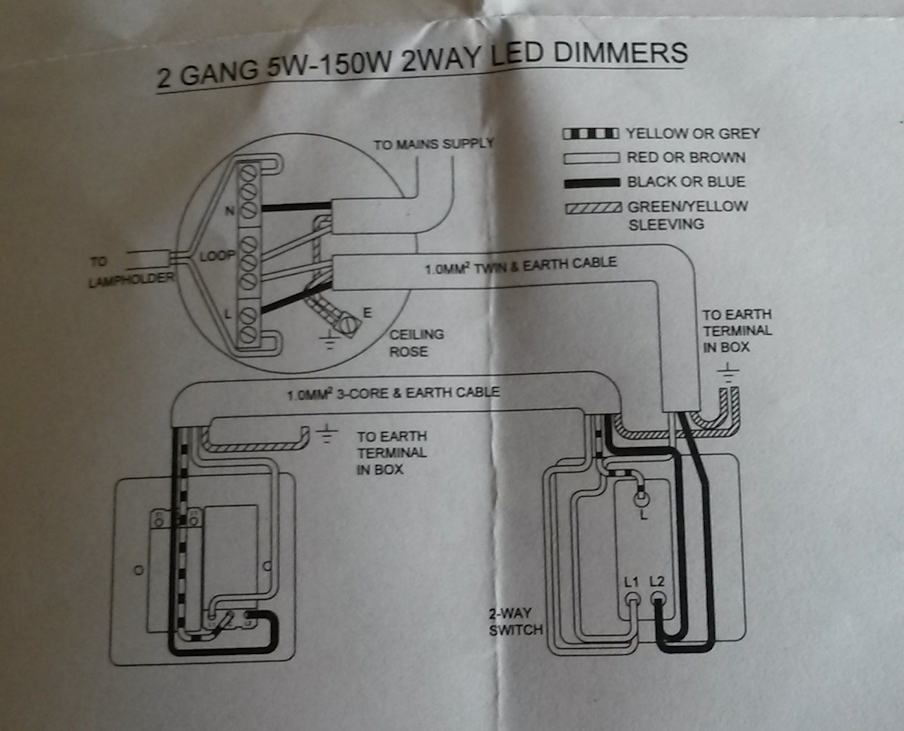Background. I have a lounge/diner. There are two ceiling lights, one in the lounge area, the other in the dining area. There is a double dimmer switch serving both lights, located as you enter the lounge. In the diner area there is a single on/off switch serving the dining area light. So the lounge light can only be operated from the dimmer, the dining light from the dimmer or the separate on/off switch.
I've lived in the property for circa 10 years and the lights have operated as expected, no issues. I recently installed LEDs and the buzz was ridiculous. Quick Google told me this was likely caused by older style dimmer. So I replaced it with a basic 2 gang 2 way dimmer that can handle high or low voltage. Buzzing noise greatly reduced, however the lights now take 1-2 secs to come on. Another quick Google tells me this is likely nothing to worry about, 'LEDs can do that due to the technology' however advice also states there might be a wiring issue.
I'm not sure if the dimmer is wired correctly. I simply copied the wiring layout from the old dimmer. As I say it's worked without issue all the years I've lived here and I suspect the light delay is simply due to using LED bulbs? However my bigger concern is if the wiring method is correct or dangerous?
I've lived in the property for circa 10 years and the lights have operated as expected, no issues. I recently installed LEDs and the buzz was ridiculous. Quick Google told me this was likely caused by older style dimmer. So I replaced it with a basic 2 gang 2 way dimmer that can handle high or low voltage. Buzzing noise greatly reduced, however the lights now take 1-2 secs to come on. Another quick Google tells me this is likely nothing to worry about, 'LEDs can do that due to the technology' however advice also states there might be a wiring issue.
I'm not sure if the dimmer is wired correctly. I simply copied the wiring layout from the old dimmer. As I say it's worked without issue all the years I've lived here and I suspect the light delay is simply due to using LED bulbs? However my bigger concern is if the wiring method is correct or dangerous?
Last edited:






